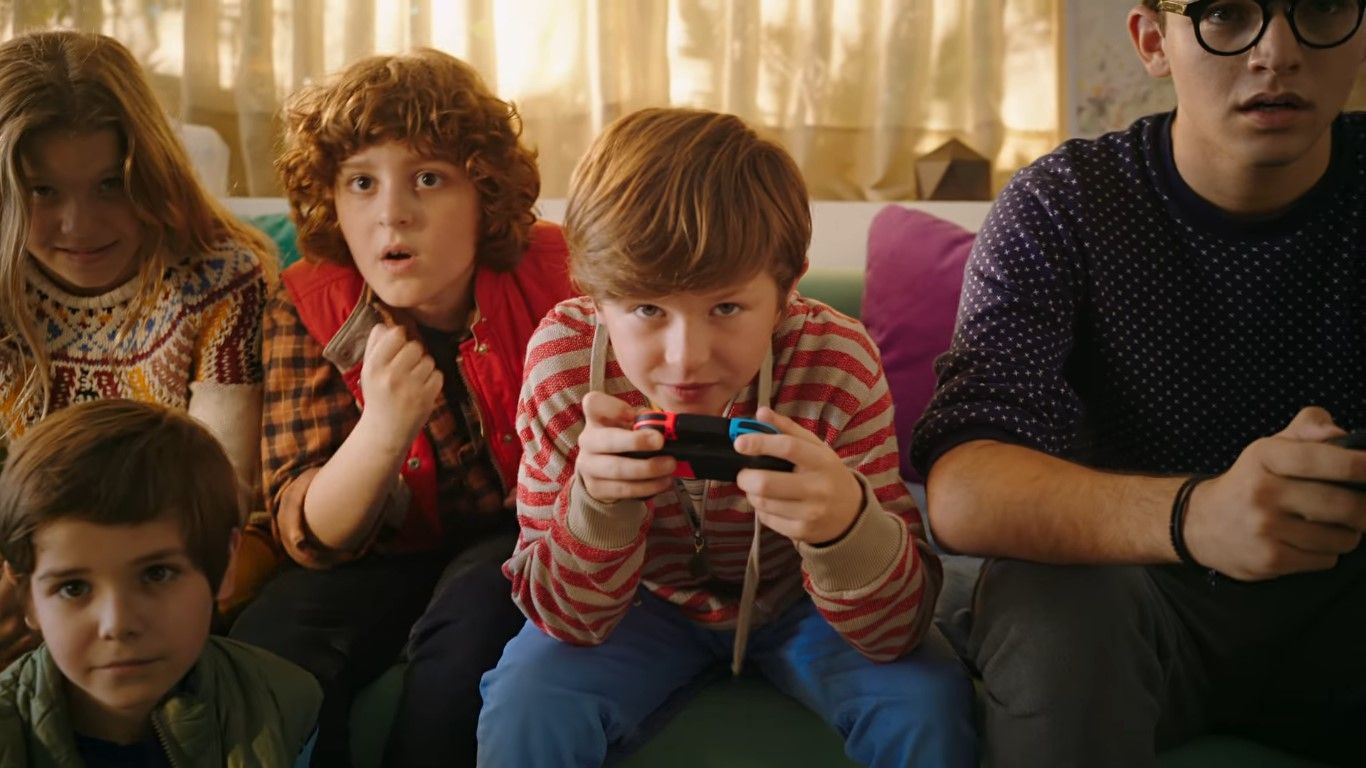
When you think about Nintendo's Switch, chances are, you think about playing games like Bayonetta or Skyrim, on the go, coupled with more recent outings like Octopath Traveler or Valkyria Chronicles 4. But after last year's Super Mario Odyssey, it might seem like there isn't much on offer for your smaller counterparts to enjoy.
While it's true Nintendo isn't really positioning the Switch as a kids' console, unlike in the past, take heart: it doesn't mean your kids are out of luck. Of course, everyone knows Pokemon: Let's Go! is coming, but there are many other quality Switch games for younger players and families that came out this year. From multiplayer titles to engaging single player romps, we've got you covered.
Dragon Quest Builders
Dragon Quest Builders is Square Enix’s answer to Minecraft, but it provides much more than just mimicry. For one thing, it features a full-blown story mode, where your adventurer treks across four expansive chapters and brings light back to a hopeless world through the power of building.
You’ll build and craft everything, from straw flooring and bed mats, to powerful weapons and massive fortifications. Each chapter focuses on a different kind of building and crafting, offering a more guided experience than Minecraft, without sacrificing freedom and creativity.
You’ll find blueprints for additional structures and items as you progress through the game, but if you feel like just pottering around and building a massive city for the sake of it, there’s Terra Incognita mode as well, which is basically free build mode. Plus, the game is absolutely dripping with Akira Toriyama’s signature style and charm, accompanied by some classic Dragon Quest tunes, as you explore the massive world just waiting for you to shape it.
Like you’d expect from a crafting game, there’s no huge difficulty curve, even with the monsters and combat thrown in, so kids of any age and skill level would be right at home with DQB. No, it isn’t a completely new game. But the Nintendo Switch’s portability makes it that much more appealing, since it removes some of console gaming’s inherent restraints.
Kirby Star Allies
Kirby games are known for being relaxing frolics through visually soothing environments, making any of them perfect for younger gamers. However, this year’s Kirby Star Allies is one of the Pink Puffball’s best outings in a long time.
Eschewing alternative mechanics from previous entries, like Epic Yarn and Rainbow Curse, Star Allies features traditional Kirby gameplay—light platforming and puzzle solving, plus loads of copy abilities. The major new addition are the titular allies.
In single player mode, Kirby befriends his erstwhile enemies—a nice little commentary on forgiveness and friendship—and they all work together to overcome baddies and solve element-themed puzzles.
Multiplayer mode lets you (or another player) take control of a different colored Kirby and do basically the same thing. The most enjoyable part of teaming up, whether alone or with others, has to be combining abilities, though. Sometimes, it’s just for the fun of it, but some combinations make enemies or certain puzzles a lot easier, so it’s worth experimenting either way.
Like most Kirby games, the difficult curve is very smooth, so it’s perfect for gamers of any skill level (and you can always check out our guides if you get stuck).
Mario Tennis Aces
It’s been a long time—a long time—since we’ve been treated to a quality Mario Tennis game. Camelot’s latest efforts with Mario Tennis Aces might not reach the soaring heights the Game Boy Color classic did, but it’s certainly worth your time.
The single player adventure mode follows Mario’s quest to recover powerful tennis rackets Wario and Waluig stole and set the now-chaotic world back in order. Despite some slightly more serious moments in the beginning, it’s your typical lighthearted scenario, setting the stage for another Mario romp. The courts are varied and fun, each with its own unique atmosphere and minor obstacles to overcome, and you’ll unlock additional courts for use in multiplayer mode as you progress.
And that’s where the real fun is, of course. Players use one Joy-Con each (which means two-player mode doesn’t require an extra set of Joy-Con) and, like the good ol’ Wii Sports days, can use motion controls for a more immersive experience.
The player roster is huge to begin with, but Nintendo’s updated it regularly with additional characters, from Shy Guy to Diddy Kong, along with a new co-op challenge mode, plus a patch that lets you easily retry failed missions—and it’s free DLC as well. Can’t beat free fun.
Captain Toad: Treasure Tracker
Enjoying Captain Toad: Treasure Tracker might depend on whether you picked it up for the Wii U. If you did, it’s largely the same game as it was, with a few minor additions and, of course, the added portability bonus. If not, it’s a real gem of a puzzle game.
Players take control of the loveable Captain Toad, of Super Mario Galaxy (and now Odyssey) fame, as he journeys to rescue Toadette and recover stolen Power Stars. You’ll also get to control Toadette herself for a while after a twist in the story, and there are even extra green stars to uncover after completing the main story.
One of Captain Toad’s most unique features is that, unlike his Super Mario Bros 2. days, the venerable Captain can’t jump. That leads to a variety of head-scratching puzzle scenarios, where you must guide Captain Toad through obstacles and around enemies without taking any damage, and you get extras for knocking out every enemy in a level as well.
The Switch port doesn’t add much new to the Wii U original, save for some Super Mario Odyssey themed levels, but this is an excellent light puzzler, packed full of charm and content.
Owlboy
Owlboy is an indie amalgamation of SNES style visuals and platforming built around PlayStation 2 era stories, like Jak and Daxter with retro art style.
You take control of Otis, a young, mute owl typically treated like dirt by his fellows, who must rise to the occasion after his village is attacked by pirates; you'll set off on a journey to find some way of freeing your people and awaken the power of the Ancient Owls.
You’ll meet many quirky characters along the way, but most important is Geddy, Otis’s best friend and traveling companion. He’s also how Otis takes out enemies, since Geddy wields a blaster-type weapon.
In true old-school fashion, there are multiple puzzles to overcome, many of which center around placing Geddy or another object in certain places to accomplish one task, while Otis flies off to handle another. Some puzzles might leave you scratching your head for a moment, but it never gets too difficult.
The platforming itself is unique for its focus on precision flying (and Otis is mercifully easy to control). On top of excellent gameplay, Owlboy combines a memorable story with gorgeous retro visuals, a great soundtrack, and accessible mechanics, making this a must have for gamers of any age.
Scribblenauts Mega Pack
Scribblenauts Mega Pack is a bundle featuring Scribblenauts Unlimited and Scribblenauts Unmasked: A DC Comics Adventure, two critically acclaimed entries in the long-running Scribblenauts franchise. If you’ve never picked one up before, the games revolve around using your imagination and vocabulary to solve a myriad of puzzles, and best of all, the majority of them are completely open-ended.
Need to get somewhere out of reach? A normal ladder works just as well as a zombie pterodactyl (with or without pink spots). You can summon lightning bolt-wielding angels to take down foes or simply distract them with some fried chicken—whatever strikes your fancy, really.
Unlimited expands on this core mechanic exponentially, giving players the option to indulge in a little bit of programming by building instructions into your creations so they act a certain way in a given circumstance or upon interacting with another object you specify. It explores Maxwell’s background and, in good 2010s fashion, is open world in structure.
Unmasked breaks the series’ usual rule of no copyrighted material and no proper nouns by letting you summon multiple DC Comics heroes and objects as you traverse familiar locales, like Gotham City, and brand-new ones in the fight against evil.
Starlink: Battle for Atlas
Remember the toys-to-life concept Skylanders made so popular? I see from your pitchforks and torches you do, indeed, remember. Fear not, though. Much as Starlink: Battle for Atlas seems like yet another shameless cash grab, there’s a lot to love about Ubisoft’s latest open world adventure. It’s evident the company has one eye to the consumer’s convenience and financial circumstances as well.
First, the game itself. Starlink has you flying through seven massive worlds in your customized spaceship as one of many available pilots. The goal involves liberating each world from the oppressive and villainous Primes, massive space monsters who set up shop on each planet with their minions. But in good Ubisoft fashion, the game offers loads of side quests and exploration—think a more focused No Man’s Sky meets Starfox, with the added fun of creating your own, unique ships and seeing them appear in the game.
Speaking of Fox, the Switch version offers a fantastic bonus in the form of Fox himself, the Arwing, and some special Fox missions, right out of the box.
If you go for the physical version, you get two pilots, two ships, and some parts for $59.99; there’s a deluxe edition that offers more, but you still won’t get everything without spending over $100.00.
The digital version retails at the same price and gives you access to all the ships, multiple parts, and several pilots; you can pay close to $80.00 for the digital deluxe edition and get a couple extra bonus ships and parts that are otherwise retailer-exclusive (Target and GameStop, respectively). True, you don’t get the lovely little ships to mount on the controller, but they don’t work all that well in handheld mode anyway. Otherwise, the only difference is you open a menu to customize your ship, rather than clipping pieces on.
LEGO DC Super-Villains
Everyone loves to be bad sometimes, and Lego DC Super-Villains lets you be as bad as you like, without going overboard or getting too messy. The story is fairly simple: the Justice League vanishes, and in its place is a new organization, the Justice Syndicate. All may not be as it seems with the Syndicate, though, and it’s your task to figure out what their goals are, wreaking as much havoc as possible.
It features some of modern gaming’s biggest draws, too—an open world and extensive character customization. In fact, the story revolves primarily around the character you create, though in keeping with Lego’s previous games, you’ll switch between multiple characters throughout the story, including Harlequin and the Joker.
“Open world” and “evil” might sound like a recipe for a more mature game, but it’s Lego, which means it’s built for fun and being kid-friendly. The puzzles are never too difficult, the violence is slapstick, and it’s impossible to take things too seriously. Even with a mild difficulty curve, the game still manages to be fun for more skilled gamers and superhero fans, making it a great choice for lighthearted gaming anyone can enjoy.
Super Mario Party
Nintendo’s beloved Mario Party franchise returns for the Switch with Super Mario Party, only this time, it’s actually worth your while. Previous entries did away with competitive play and swapped interesting board designs for somewhat bland affairs, which extended to the minigames as well. SMP brings back competition between characters and the board system older gamers may remember from Mario Party’s GameCube heyday, complete with plenty of minigames taking advantage of the Joy-Con’s unique features.
However, Super Mario Party does make some changes which should help maintain peace in your household. Competitive it may be, but it greatly reduces options for cutthroat, friendship-ending skullduggery, and Stars are, on whole, easier to obtain.
The boards are a little smaller than you might be used to as well, and there are only four, but Super Mario Party does add extra game modes as well, including co-op survival mode and minigame rushes. Overall, it puts the focus on a more relaxed board game and, more importantly, the mini-games themselves.
Each player uses one Joy-Con for the game (which makes two-player multiplayer incredibly easy, with no extra cost), so even though it means no handheld mode, it does help bring folks together for some gaming fun.
Mega Man 11
Poor Mega Man. It’s been so long since he’s had a grand adventure in the style of old. At last, though, his time has come again with Mega Man 11.
Considered the series’ reboot—or, depending on your viewpoint, its last chance—this latest installment in the storied franchise goes back to the Blue Bomber’s roots, without sacrificing convenience and accessibility.
It features the usual Mega Man story—evil doctor, crazy robots, wild power ups, and engaging platforming. Like always, you can choose the order you tackle levels and Robot Masters, with some paths only becoming available after obtaining a certain boss’s powers.
One new feature is the Double Gear system, giving Mega Man a speed or power boost for a short time and adding an extra level of strategy to how you take on enemies. Mega Man looks better than ever, with highly stylized cartoon graphics, detailed outfit changes depending on powerups, and smooth animations throughout.
Even better, Mega Man 11 offers different difficulty options, so if your young, one finds standard much too challenging, it’s easy to swap modes and get back into the game. On top of that, the game includes extra modes, like boss rush, so there’s a lot of value for your dollar here.

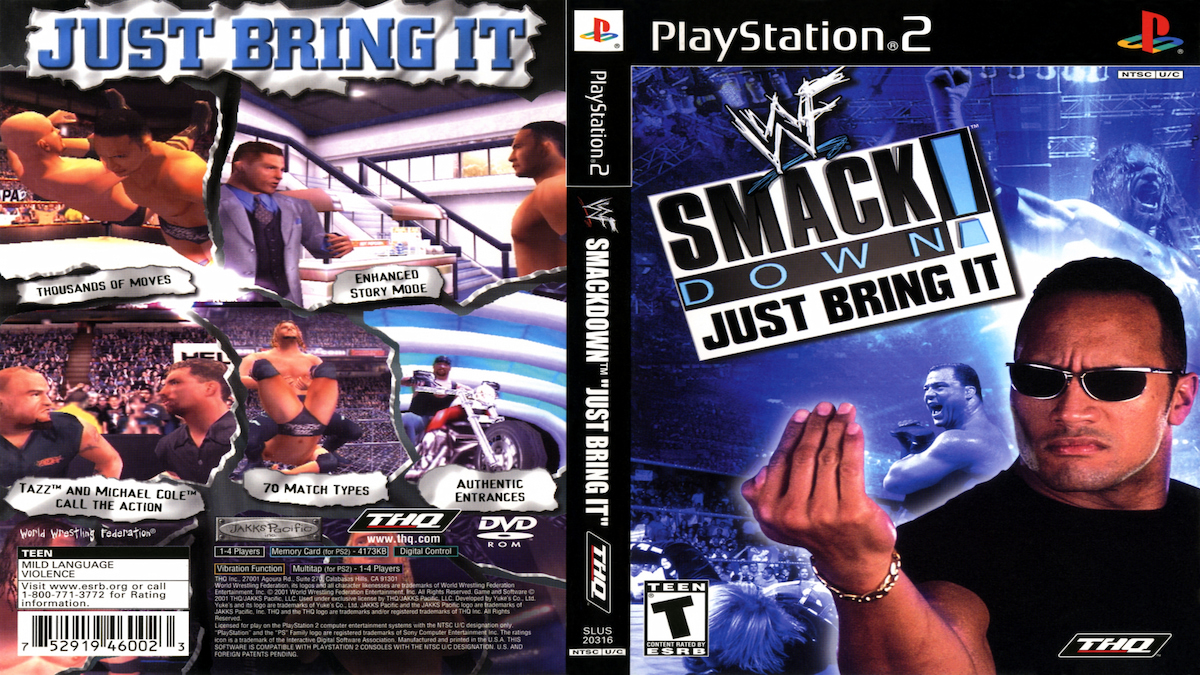
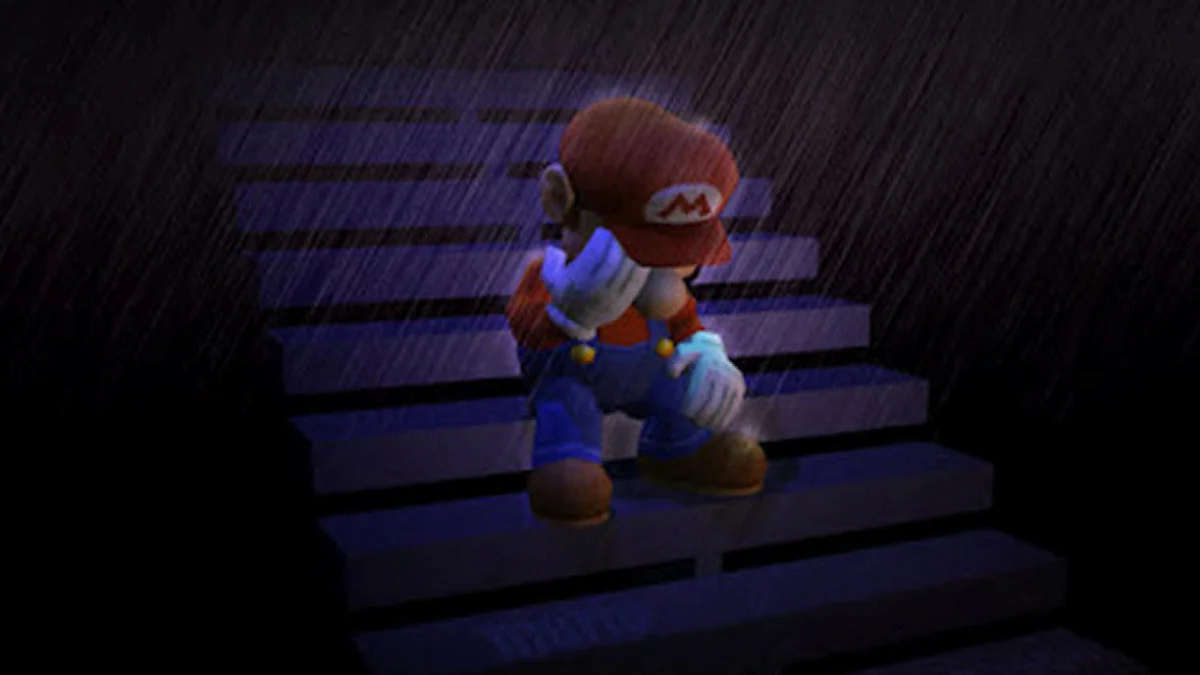
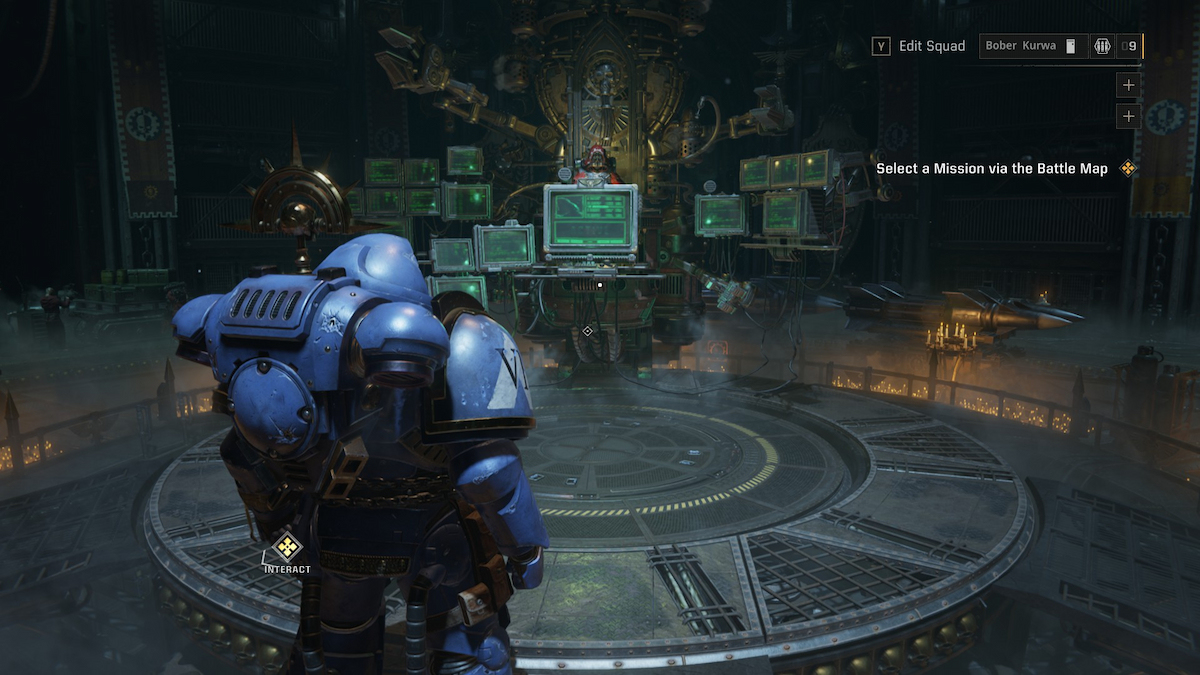
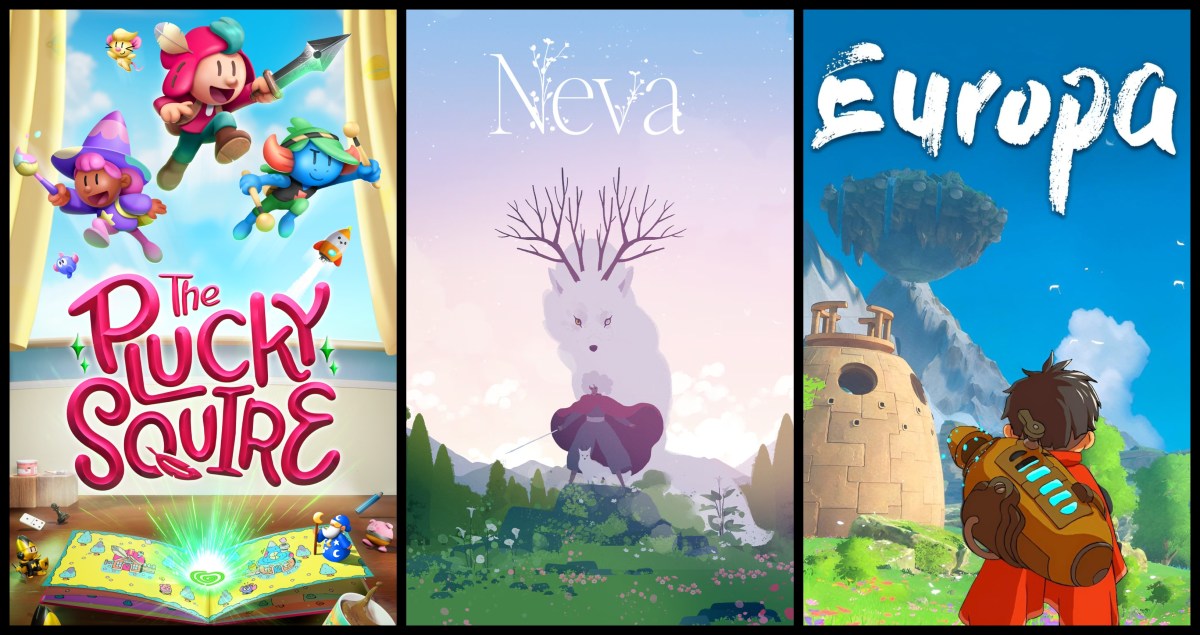
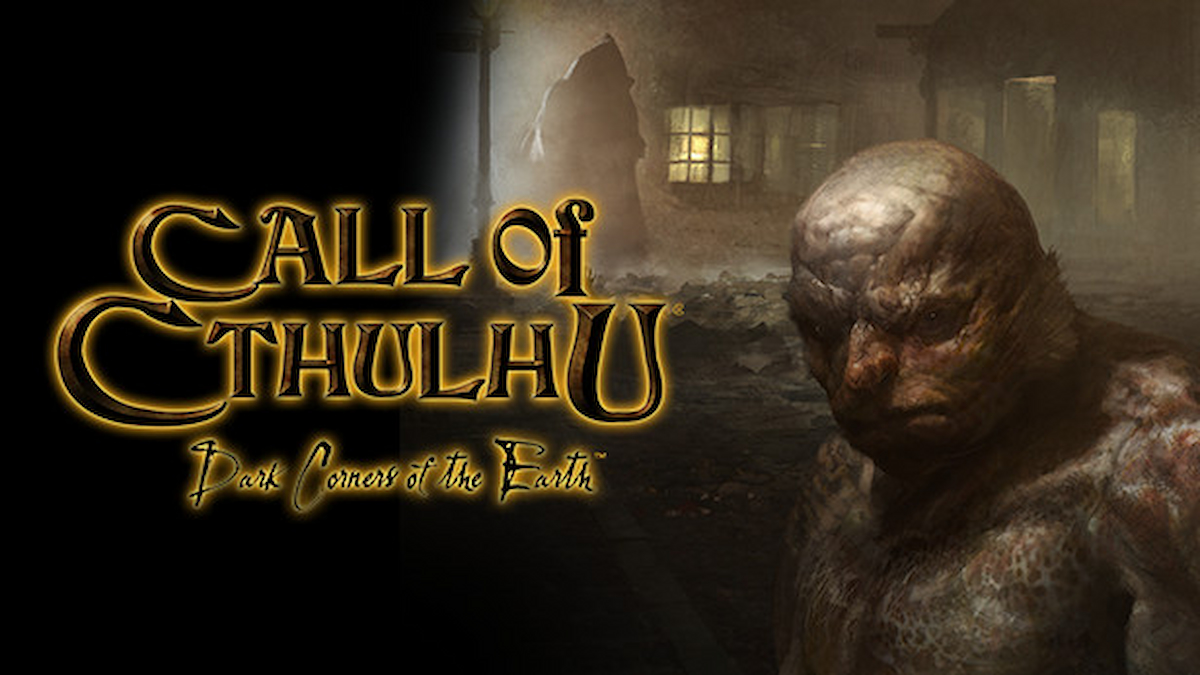
Published: Oct 23, 2018 12:08 pm